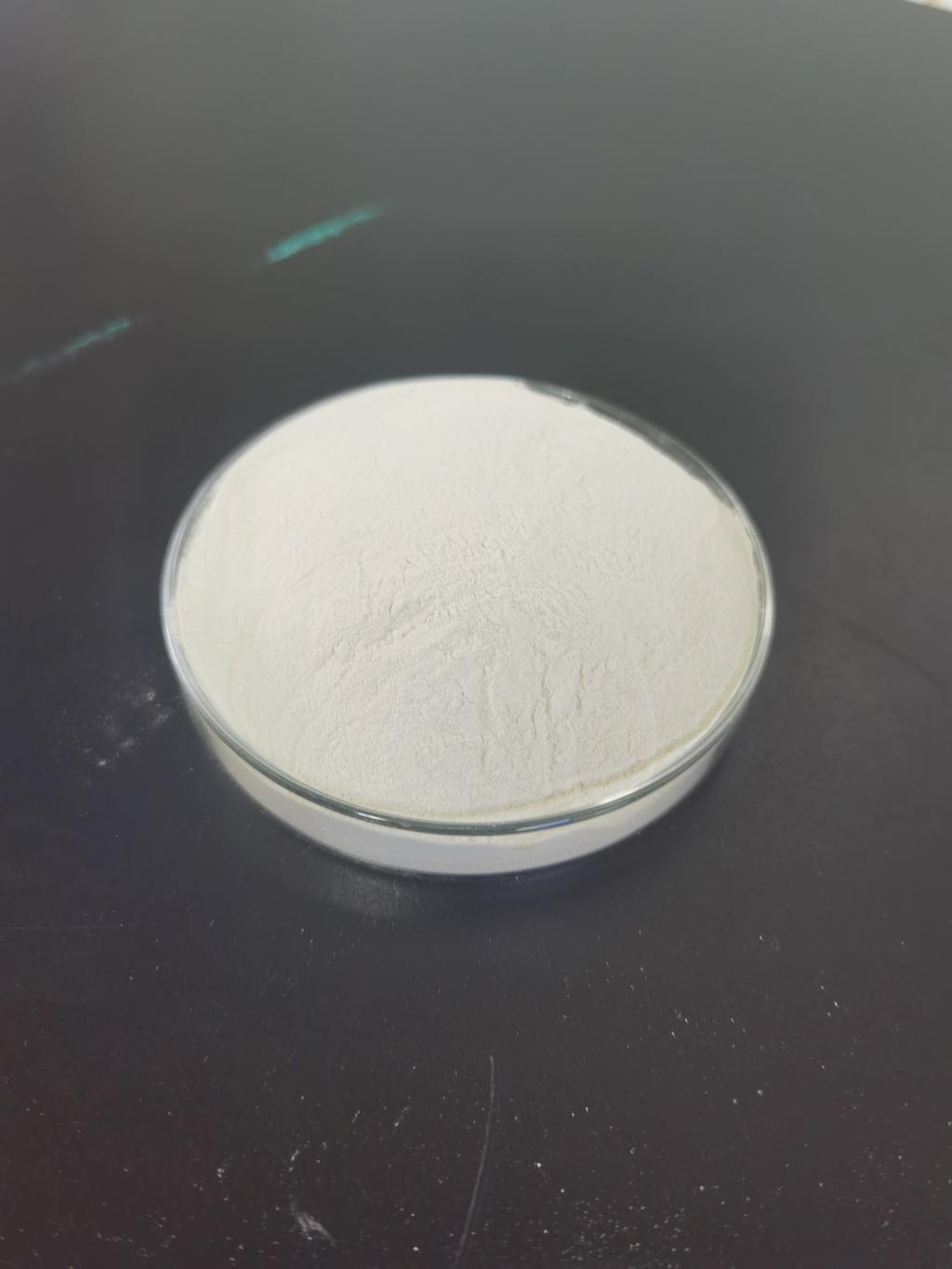Tel:+8618231198596

News
 CONTACT
CONTACT
 CONTACT
CONTACT
- Linkman:Linda Yao
- Tel: +8618231198596
- Email:linda.yao@dcpharma.cn
- Linkman:CHARLES.WANG
- Department:Overseas
- Tel: 0086 0311-85537378 0086 0311-85539701
News
Are there any specific storage or handling considerations for Nisin as an ingredient?
TIME:2023-07-20
Introduction:
Nisin's potent antimicrobial properties have made it a popular choice for food manufacturers seeking natural and effective preservation solutions. However, to harness the full potential of nisin as an ingredient, proper storage and handling practices are essential. Maintaining nisin's stability and efficacy throughout the production process is crucial for ensuring food safety and quality.
Temperature Control:
Temperature control is critical for preserving nisin's potency. Nisin should be stored in a cool and dry environment, away from direct sunlight and heat sources. Recommended storage temperature typically ranges between 2°C to 8°C (35.6°F to 46.4°F). Freezing nisin is not advisable, as it may lead to the loss of antimicrobial activity. Constant temperature monitoring during storage and transportation is necessary to prevent exposure to adverse conditions that could compromise nisin's effectiveness.
Packaging Considerations:
Proper packaging is crucial to protect nisin from degradation and contamination. Nisin is often supplied as a powder or lyophilized form in sealed containers, such as vacuum-sealed pouches or airtight bottles. The packaging should be impermeable to moisture and oxygen, as these factors can adversely affect nisin's stability. Transparent packaging should be avoided to minimize exposure to light, as UV radiation can also degrade nisin. Bulk quantities of nisin should be divided into smaller, airtight containers to minimize repeated exposure to air during production.
Moisture Control:
Exposure to moisture can lead to the hydrolysis of nisin, resulting in reduced antimicrobial activity. It is essential to store nisin in a low humidity environment and protect it from contact with water or other moist ingredients. Care should be taken during handling to avoid the introduction of moisture into the packaging. If clumping or caking is observed, it may indicate moisture ingress, and the affected nisin should be discarded.
Light Protection:
Nisin is sensitive to light, especially ultraviolet (UV) radiation, which can cause photodegradation. To minimize light exposure, nisin containers should be stored in dark or opaque packaging. Food manufacturers should also ensure that processing areas are adequately shielded from natural or artificial light sources during handling and preparation.
Compatibility with Other Ingredients:
When incorporating nisin into food products, compatibility with other ingredients is essential. Nisin can interact with certain compounds, such as divalent cations (e.g., calcium and magnesium), proteins, and emulsifiers, leading to reduced antimicrobial activity. Manufacturers should conduct compatibility studies to determine potential interactions that could impact nisin's efficacy. Additionally, the order of ingredient addition during food processing should be considered to avoid premature interactions.
Avoid Cross-Contamination:
To prevent cross-contamination, it is crucial to use dedicated equipment and utensils for handling nisin. Food manufacturers should also implement proper cleaning and sanitation procedures to eliminate the risk of unintended contamination. Regular validation and verification of cleaning protocols are necessary to maintain nisin's integrity and ensure food safety.
Adherence to Recommended Dosages:
Following the recommended dosage guidelines for nisin is essential for ensuring its efficacy and preventing potential overuse. Overdosing nisin may not enhance its antimicrobial activity and could lead to unnecessary expenses. Adhering to regulatory and manufacturer guidelines is vital to achieve the desired preservative effect without compromising product quality.
Regular Testing and Quality Assurance:
To ensure the stability and efficacy of nisin, regular testing and quality assurance procedures are necessary. Batch-to-batch testing should be conducted to confirm the potency of nisin before use. Food manufacturers should establish appropriate expiry dates based on stability studies to maintain the desired efficacy of nisin throughout the product's shelf life.
Conclusion:
Nisin's effectiveness as a natural food preservative hinges on proper storage and handling practices. Temperature control, packaging considerations, moisture control, light protection, compatibility with other ingredients, avoidance of cross-contamination, adherence to recommended dosages, and regular testing are all vital aspects to consider when using nisin as an ingredient. By implementing these measures, food manufacturers can optimize nisin's stability and efficacy, contributing to the production of safe, high-quality food products with extended shelf life and enhanced food safety.
- Tel:+8618231198596
- Whatsapp:18231198596
- Chat With Skype







